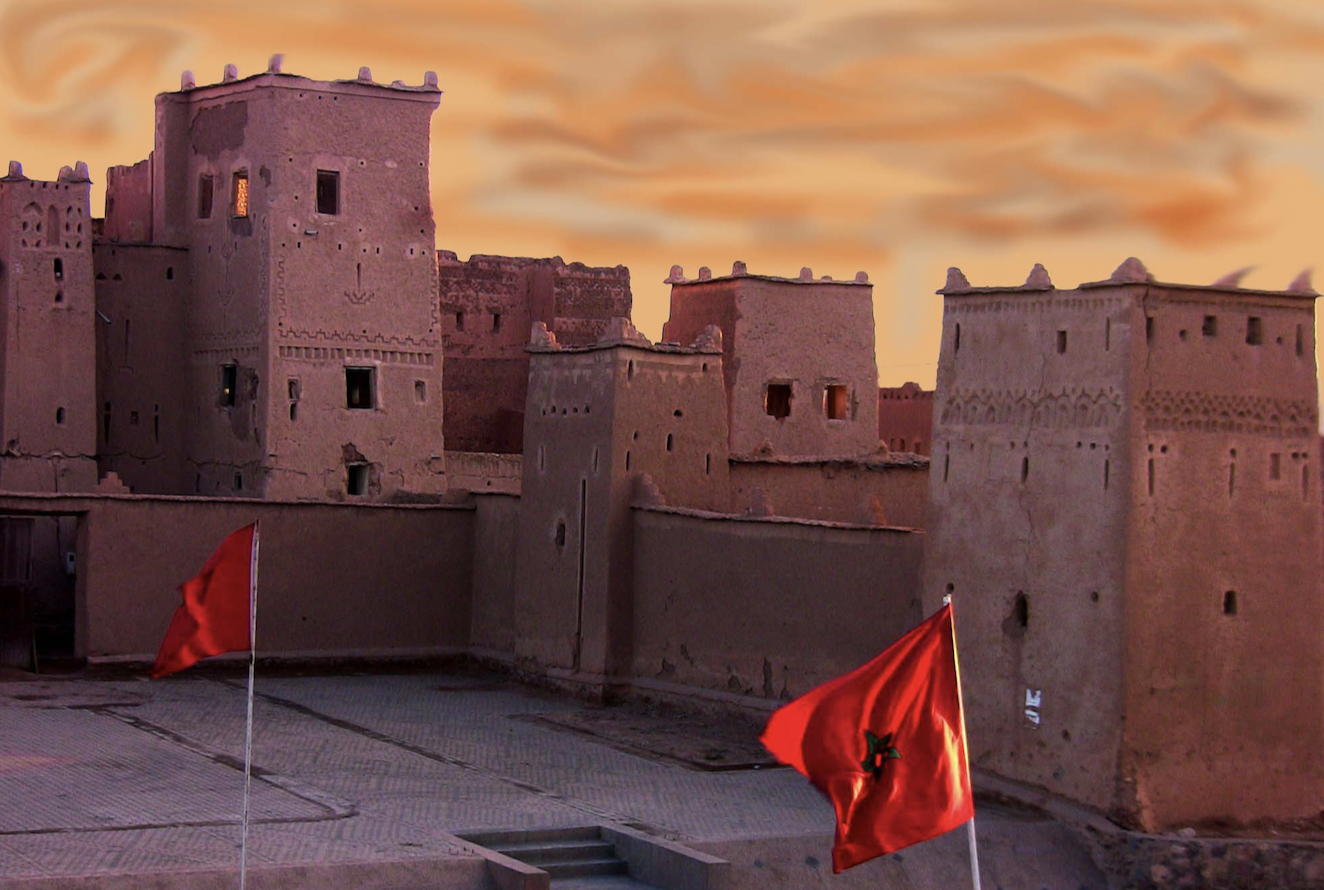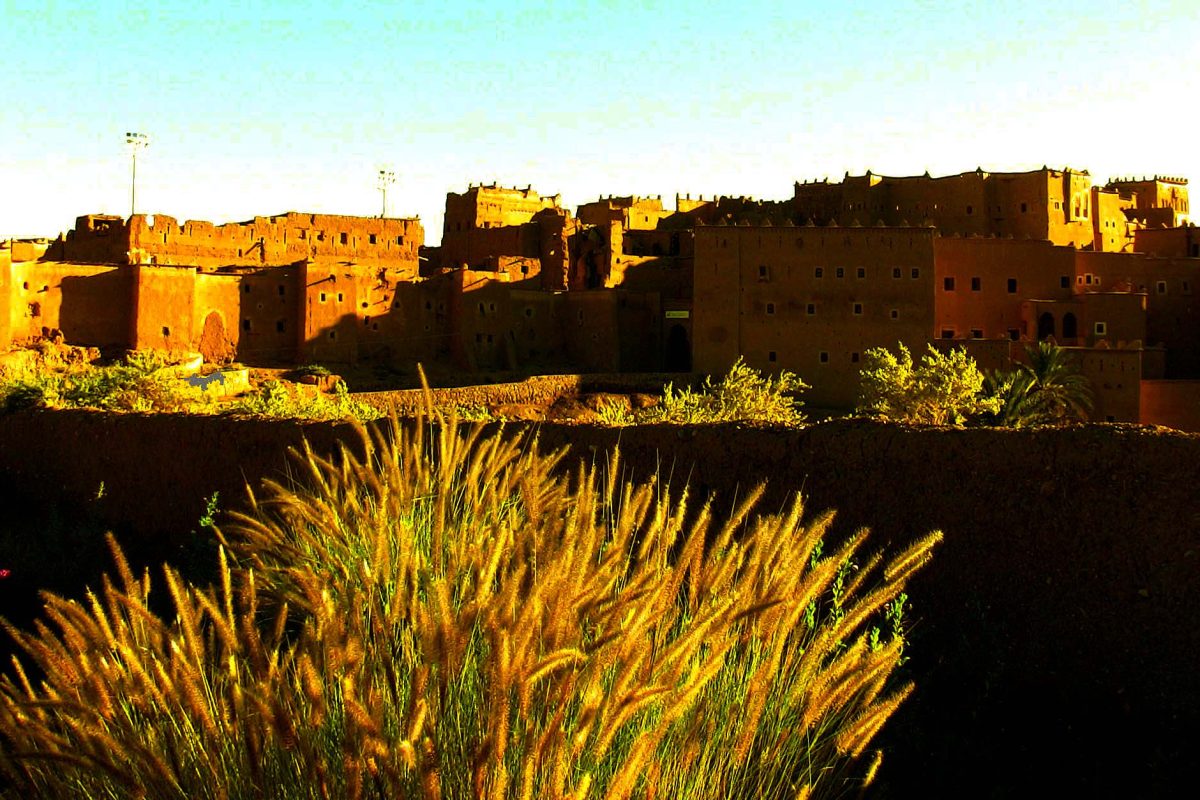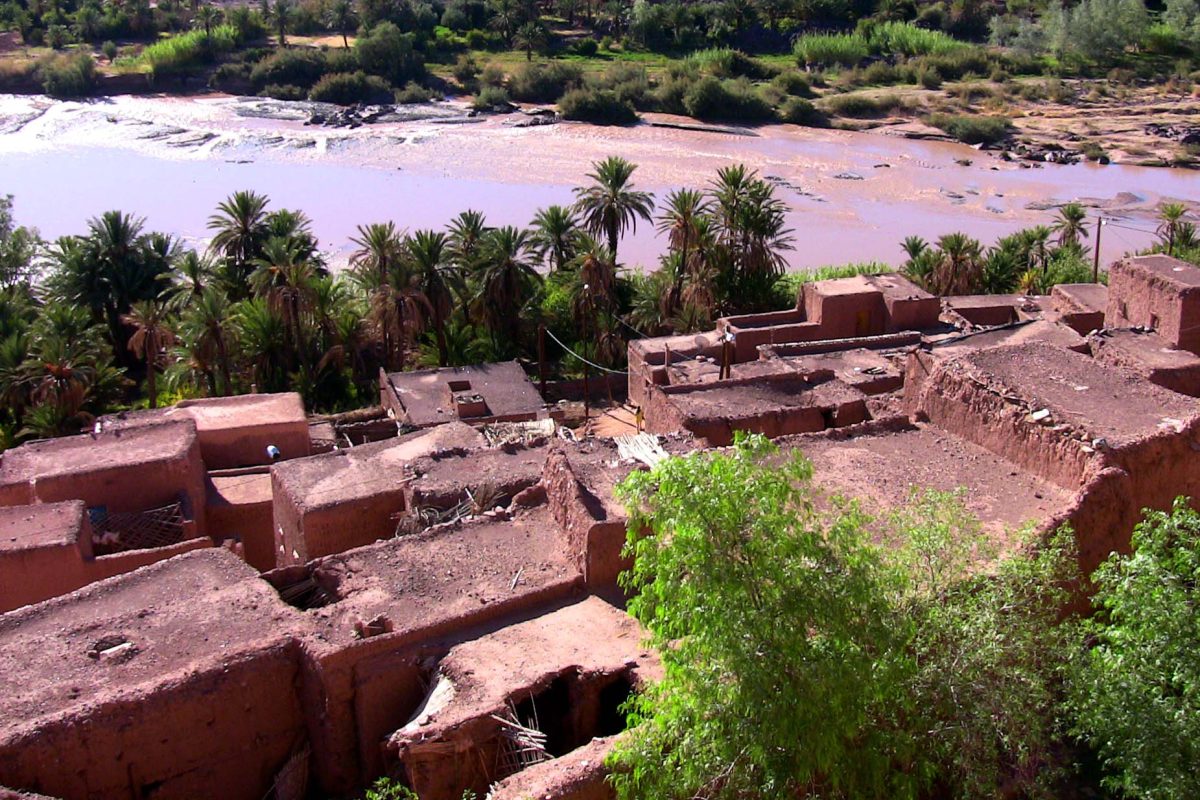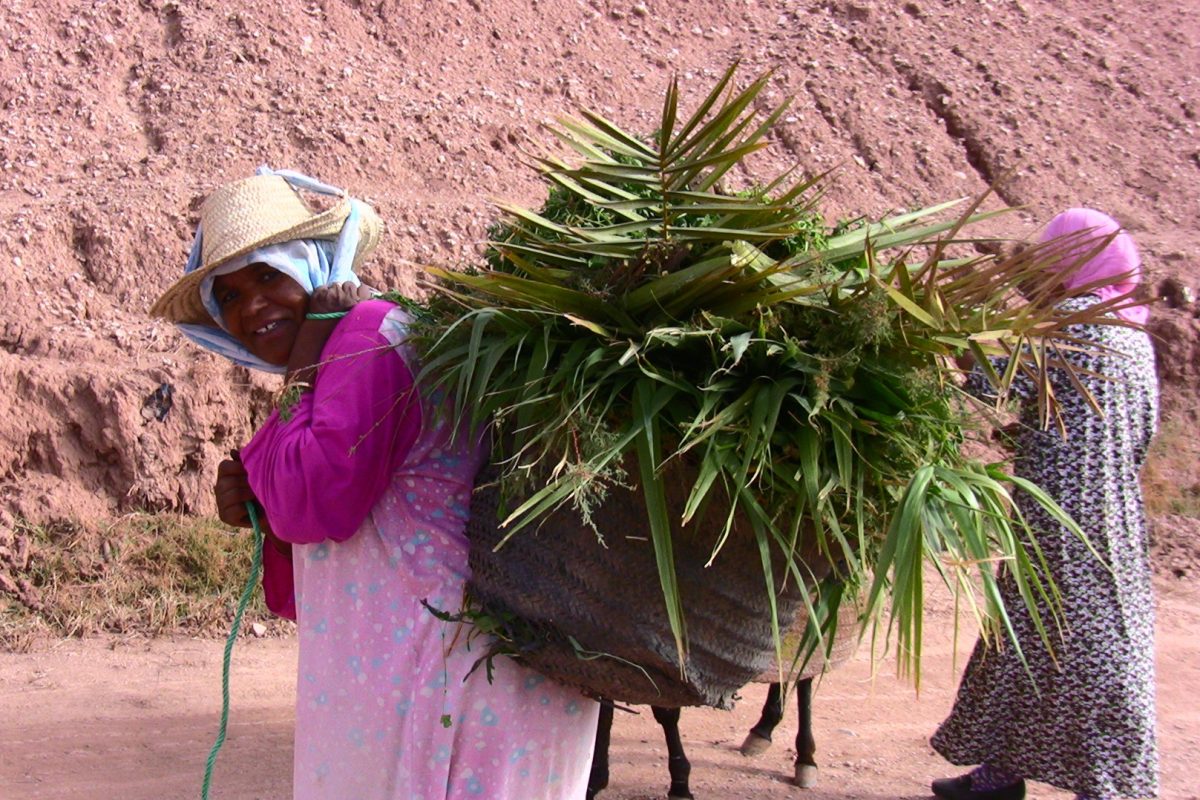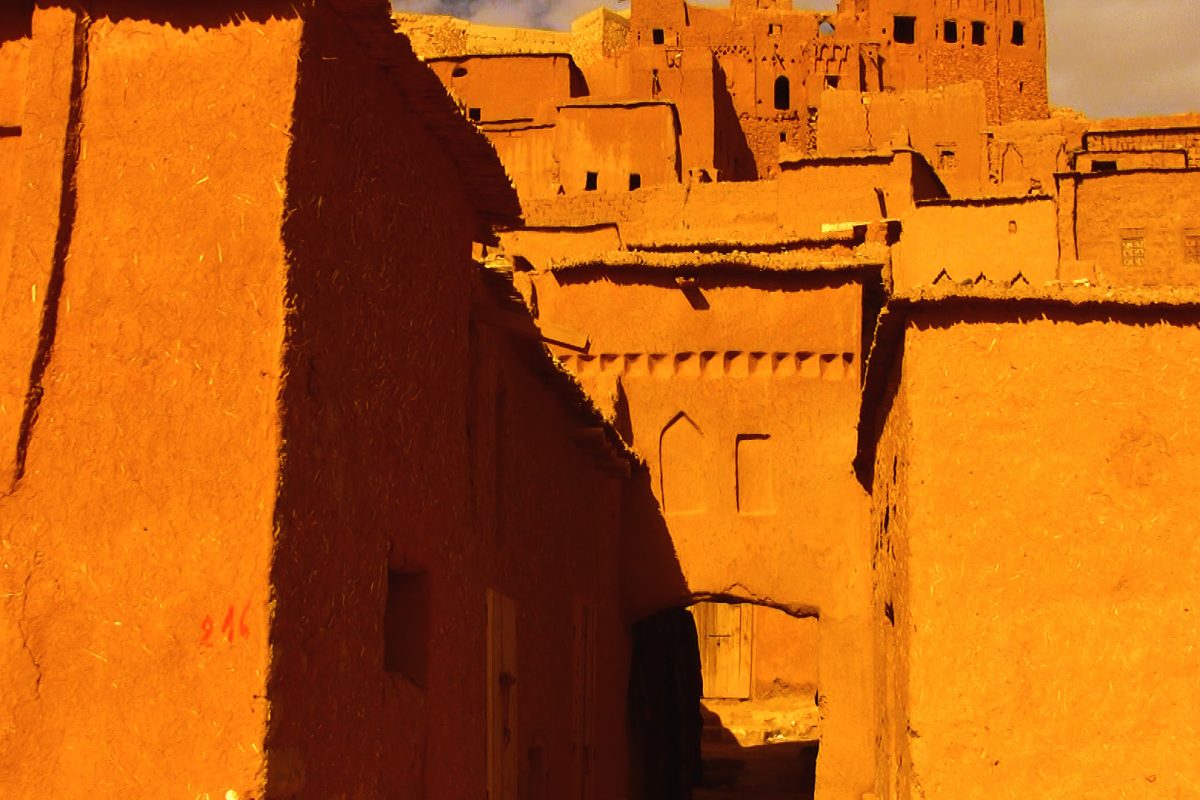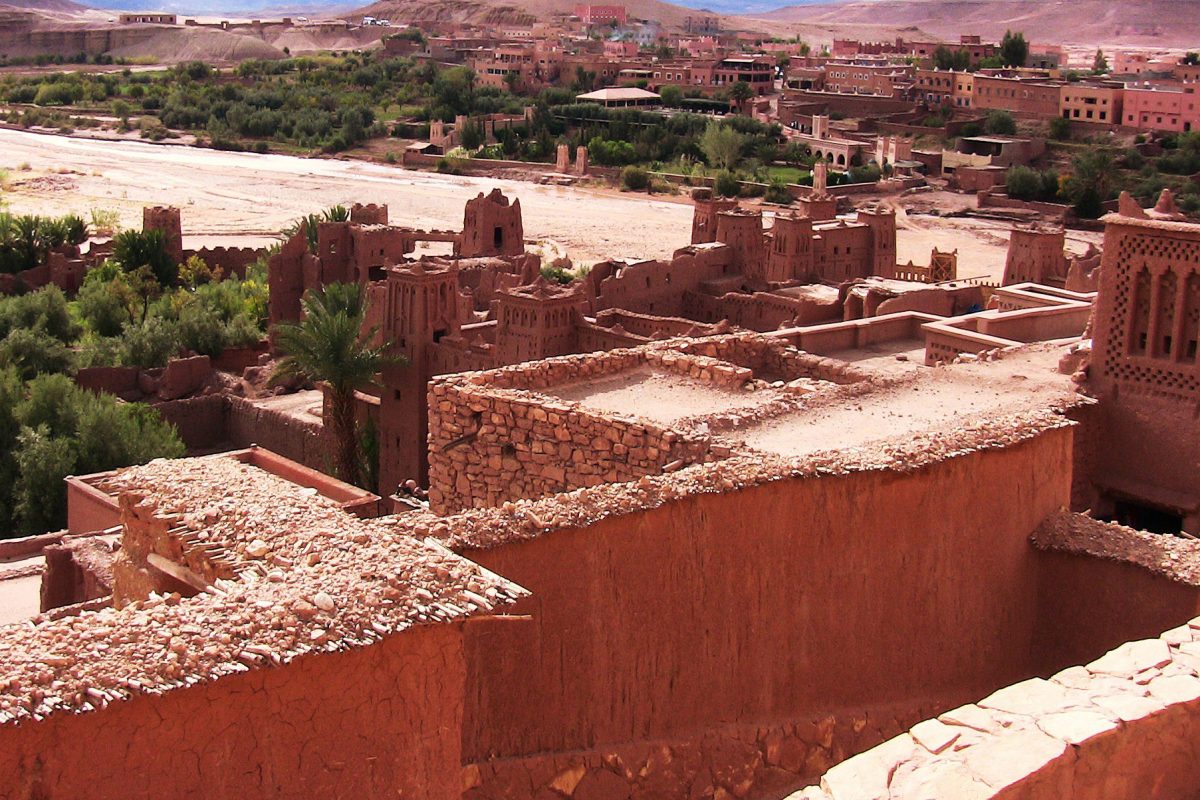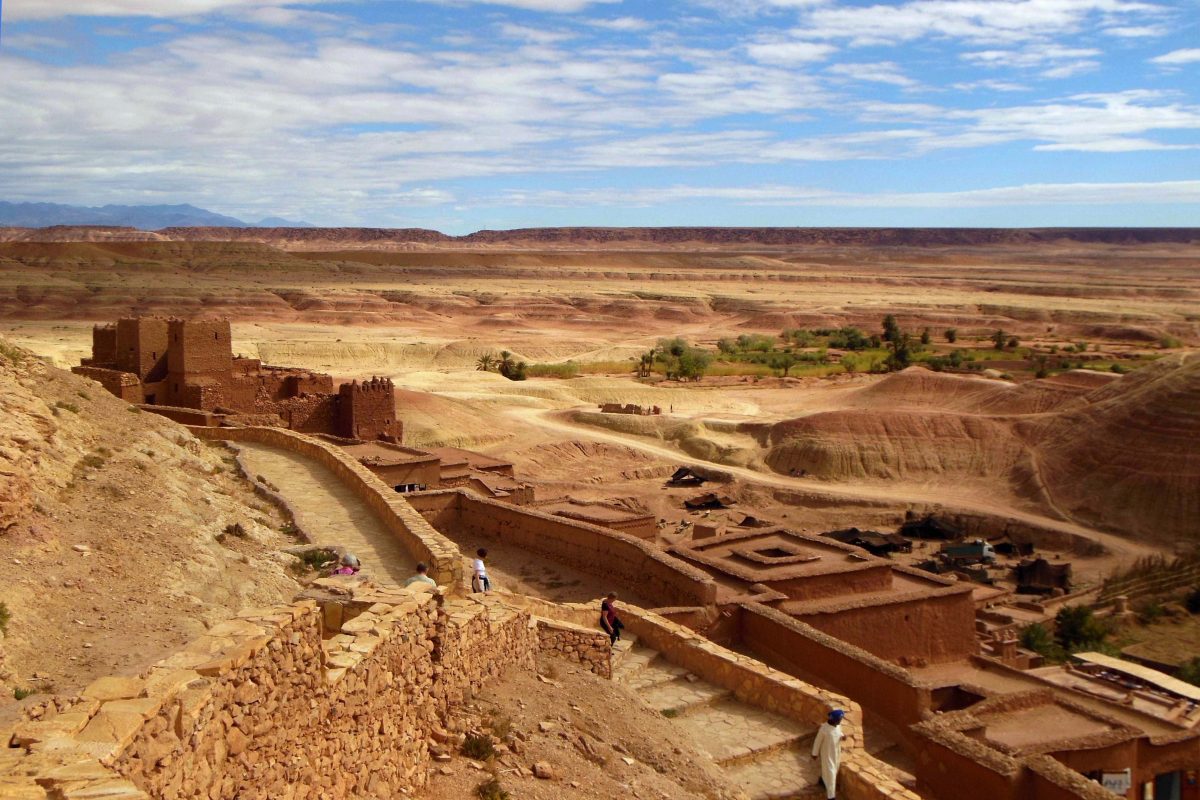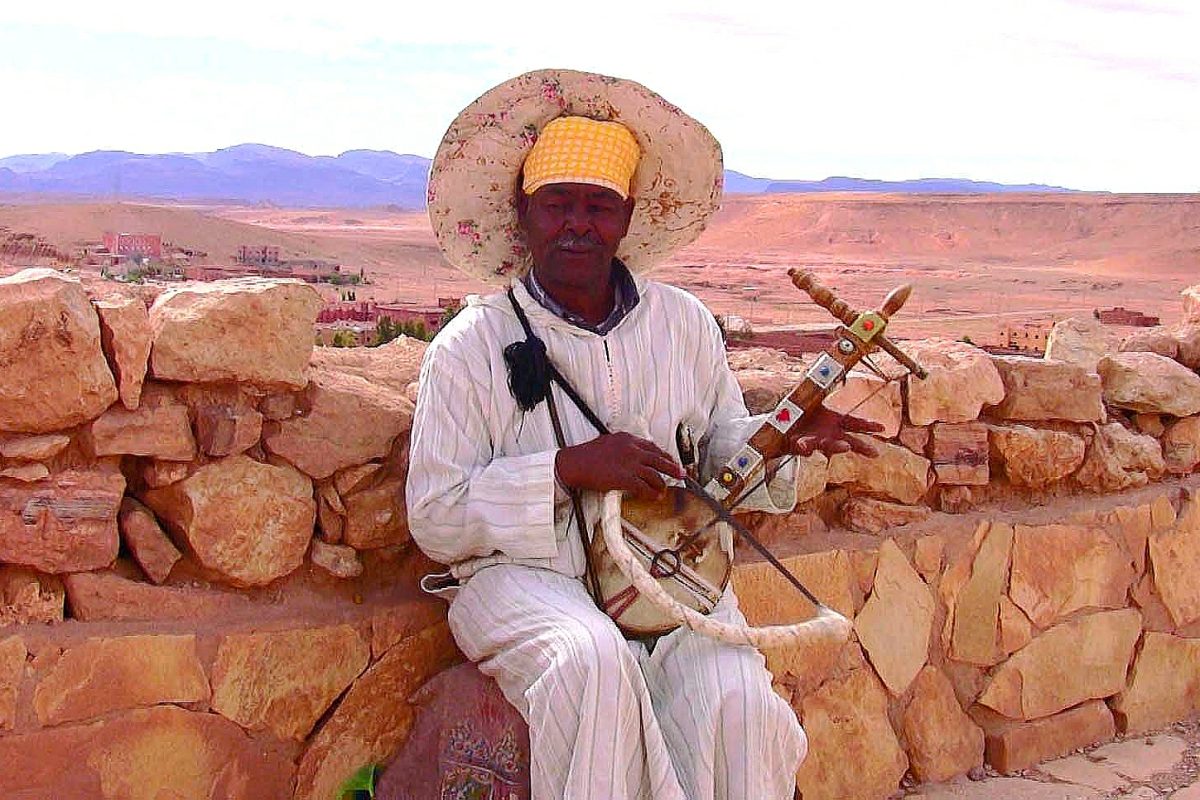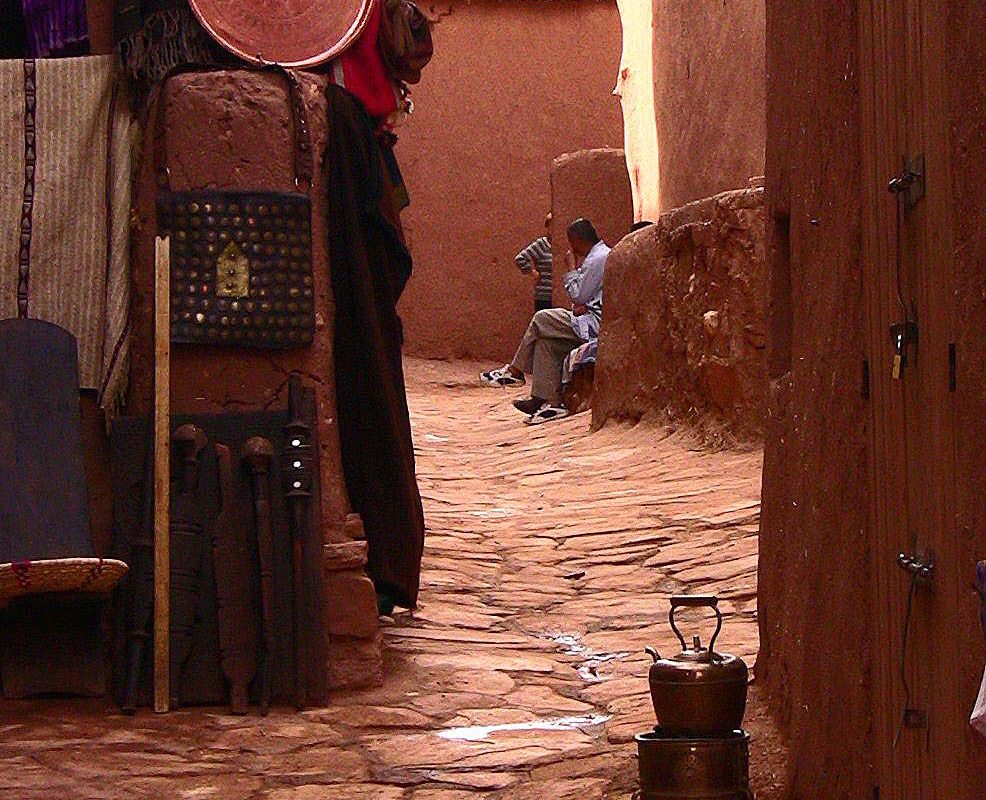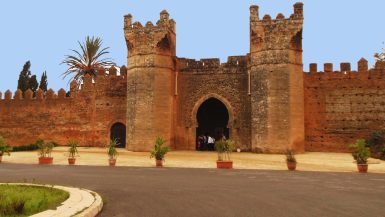Kasbah Tiffoultoute: Morocco’s Desert Fortress of Film and Memory
Nestled just a few kilometers west of Ouarzazate, the gateway to Morocco’s Sahara, stands the majestic Kasbah Tiffoultoute—a fortress of red earth and ancient echoes. With its crenellated towers, labyrinthine passageways, and sweeping views of the desert plains, this kasbah isn’t just a relic of the past—it’s a living monument to Morocco’s cinematic and cultural heritage.
I wandered through its sunbaked corridors on a breezy afternoon, and what I found was more than just stone and shadow. I found stories—of sultans, soldiers, and silver screens.
🏰 A Fortress with a Storied Past
Kasbah Tiffoultoute was built in the 18th century by the powerful Glaoui family, who ruled much of southern Morocco during the waning days of the French Protectorate. The Glaouis were known for their strategic alliances, opulent architecture, and iron grip on trade routes through the High Atlas and into the Sahara.
This kasbah served as a military stronghold and residence, its thick walls designed to withstand both desert heat and tribal conflict. The architecture is classic Berber design—mudbrick construction, geometric motifs, and fortified towers that rise like sentinels above the landscape.
But what makes Tiffoultoute truly unique is its second life—as a backdrop for Hollywood epics.
🎬 Lights, Camera, Kasbah
Ouarzazate is often called the Hollywood of Africa, and Kasbah Tiffoultoute has played its part in that reputation. The kasbah has appeared in numerous films, including:
- Lawrence of Arabia (1962)
- Gladiator (2000)
- Kingdom of Heaven (2005)
- Game of Thrones (briefly, in scenes filmed nearby)
Its weathered walls and timeless silhouette make it a perfect stand-in for ancient cities, desert fortresses, and biblical landscapes. Walking through the kasbah, you half expect to see Russell Crowe charging through the gates or a camera crew tucked behind a crumbling arch.
🧭 Travel Tips: How to Visit Kasbah Tiffoultoute
Getting There:
- The kasbah is located about 5 km west of Ouarzazate, easily accessible by taxi, rental car, or guided tour.
- The road is paved and scenic, winding past palm groves and desert plateaus.
Best Time to Visit:
- Spring (March–May) and Autumn (September–November) offer mild temperatures and clear skies.
- Summer can be scorching, with highs over 100°F (38°C), while winter nights dip surprisingly low.
What to Bring:
- Comfortable walking shoes (the terrain is uneven and dusty)
- A hat and sunscreen (shade is minimal)
- A camera—trust me, you’ll want it
- A few dirhams for entrance fees or local guides
Nearby Attractions:
- Aït Benhaddou: A UNESCO World Heritage site and another famous kasbah, just 30 minutes away.
- Atlas Film Studios: The largest film studio in Africa, offering tours and props from famous movies.
- Fint Oasis: A hidden gem of palm trees and riverbeds, perfect for a quiet afternoon.
🏜️ The Surrounding Region: Ouarzazate and Beyond
Ouarzazate itself is a fascinating blend of old and new. Originally a French garrison town, it has grown into a hub for tourism, film, and desert exploration.
- The Taourirt Kasbah, located in the city center, is another Glaoui fortress worth exploring.
- The Museum of Cinema offers a quirky look at Morocco’s film history, complete with vintage cameras and set pieces.
- The Draa Valley, stretching south toward Zagora, is a lush corridor of date palms and ancient caravan routes.
This region was once a vital link in trans-Saharan trade, where merchants carried gold, salt, and stories across the dunes. Today, it’s a place where travelers come to find silence, stars, and the slow rhythm of desert life.
🧙♂️ Final Thoughts: A Place Between Worlds
Kasbah Tiffoultoute is more than a tourist stop—it’s a portal. A place where Berber warriors once stood guard, where filmmakers conjured ancient worlds, and where the desert whispers through every crack in the wall.
Standing atop its towers, with the Atlas Mountains in the distance and the Sahara stretching beyond, you feel suspended between centuries. It’s a place of grit and grandeur, of memory and myth.
So if you find yourself in southern Morocco, don’t just pass through Ouarzazate—linger. Let the kasbah tell you its stories. Let the desert reshape your sense of time. And let Kasbah Tiffoultoute remind you that sometimes, the most powerful journeys begin where the road ends.
Let me know if you’d like help planning a full itinerary through Morocco’s kasbah trail or tips on desert camping near the Draa Valley. There’s magic in every mile.
